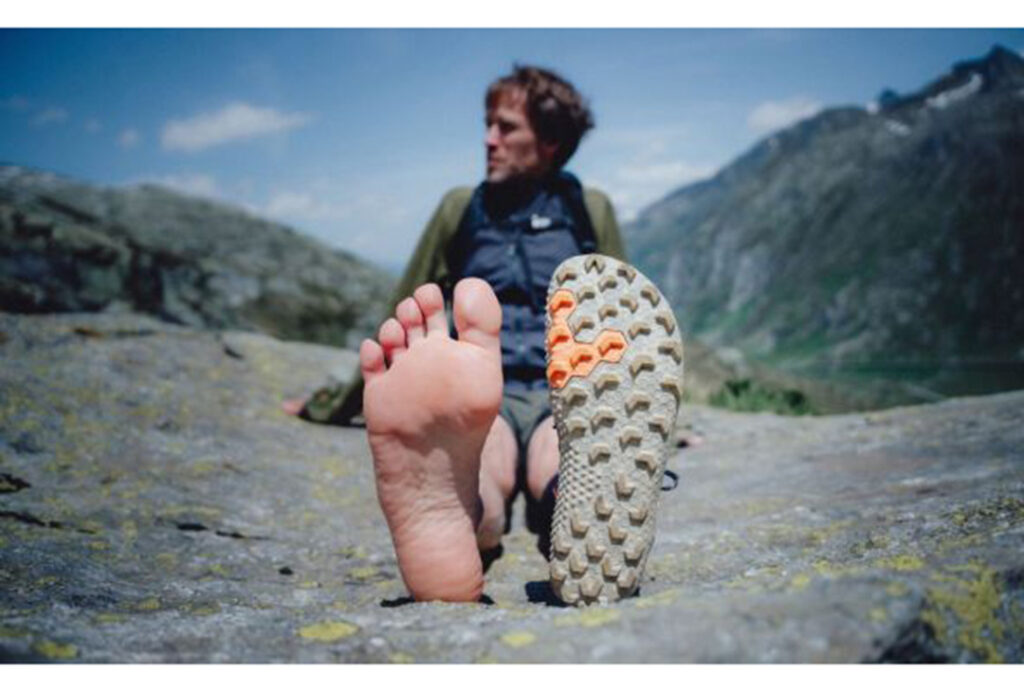Experience the feeling of walking barefoot, but protected by shoes.
It sounds like nonsense but that is what brands of ‘barefoot shoes’ claim they want their customers to experience.
These minimalist shoes are in fact designed to mimic as closely as possible the feeling of walking barefoot.
Many of the brands that produce them claim to be inspired by nature and that their shoes bring us closer to nature itself. They claim that walking without shoes is regenerative for the human being and can improve the health, not only of the feet but of the entire body.
What distinguishes barefoot shoes
These shoes have special features that distinguish them from traditional shoes.
First of all, their sole is thinner and more flexible (in order to be able to feel the ground) and they have much more space for the toes, allowing them to move.
The various designs of barefoot shoes are designed for different activities such as running, hiking, or everyday. The soles are, in particular, designed for the specific activity, varying in materials and characteristics. For a hiking shoe one can find an anti-slip sole for example, while for running one can find materials that allow the foot to breathe.
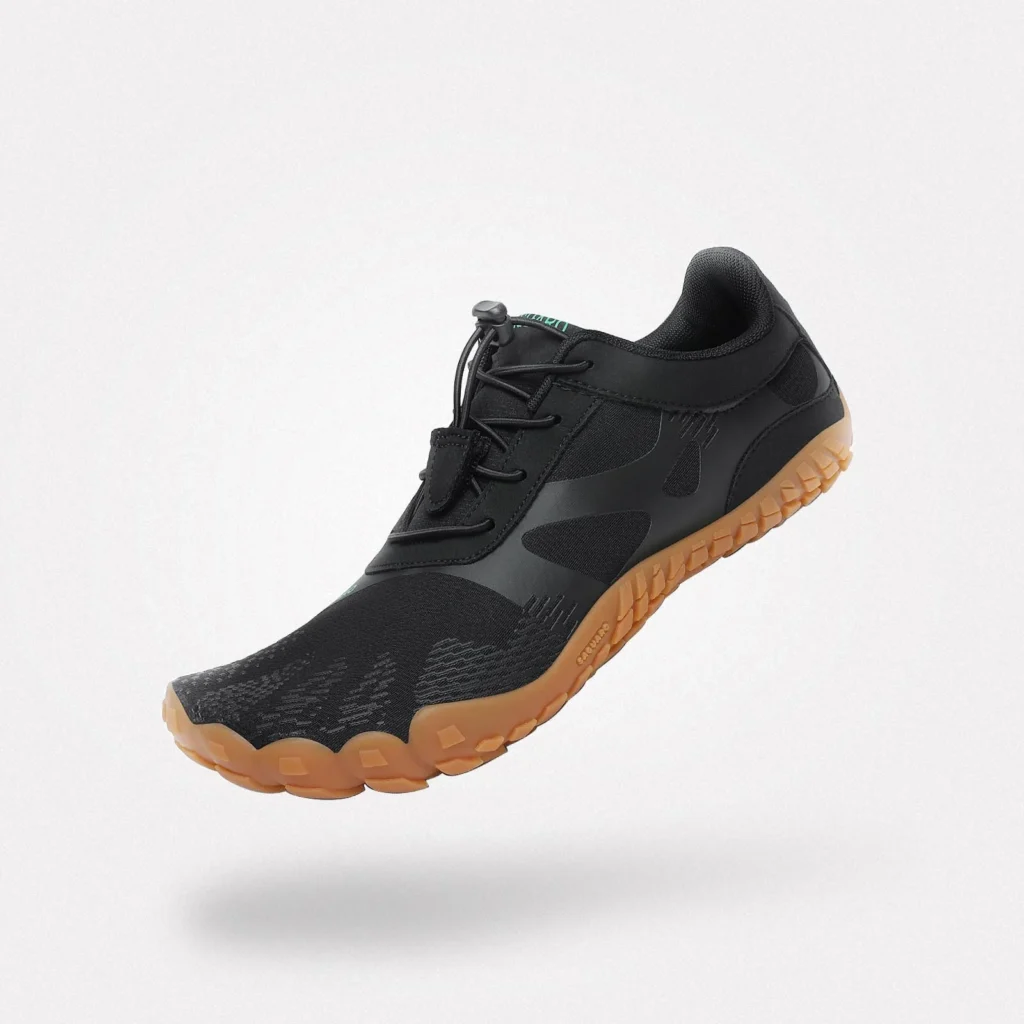
They generally offer little or no arch support and minimal protection from external surfaces. Compared to conventional soles, sharp objects and uneven surfaces can therefore be perceived more clearly.
They are also distinguished by being “zero drop”, i.e. with zero inclination between heel and toe. This is the characteristic that has the greatest influence on correct posture. With a correctly aligned body, the weight is evenly distributed and the joints are evenly loaded.
Thanks to the fact that they have fewer layers and components, they are also distinguishable by their minimalist design.
This, combined with the thin soles and lack of arch support, makes them much lighter. This is also due to the innovative and alternative materials used to reduce weight. Innovative technologies and 3D prints are also being used to achieve the same goal: to make them lighter and more flexible.
The start of the trend and its growth
In 2009, Christopher McDougall‘s book, “Born to Run”, was published, further pushing the popularisation of barefoot shoes.
In his book, McDougall talks about an indigenous Mexican tribe known for running long distances in minimalist sandals.
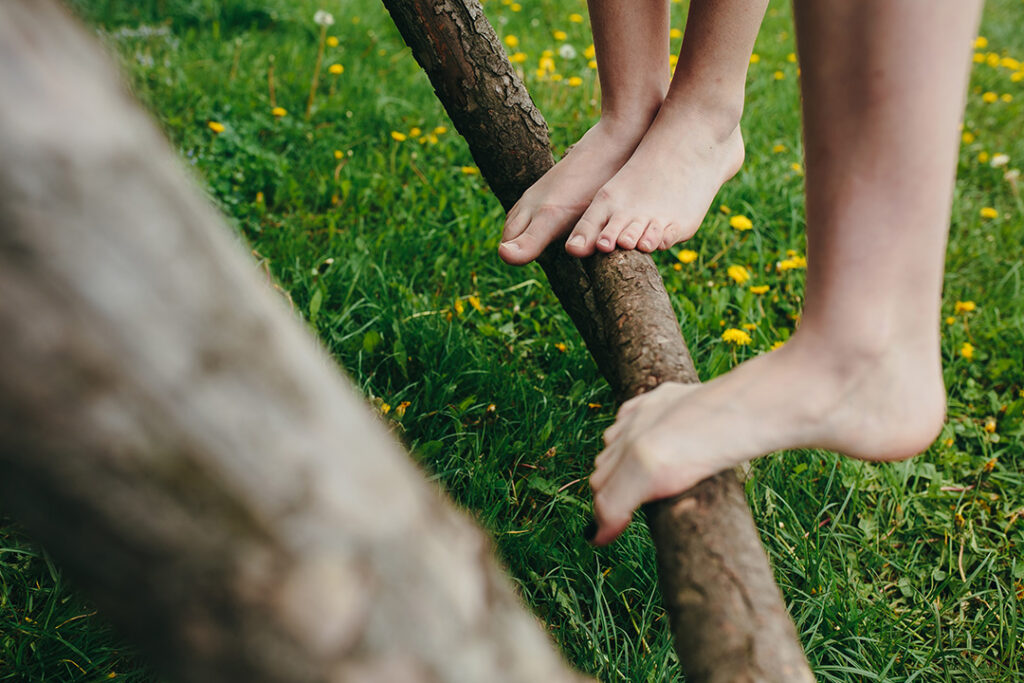
More and more companies are starting to create trainers with an increasingly minimal design and new specialised brands are also popping up. Different models and options with different degrees of protection and sole thicknesses also begin to spread.
From 2010, a global spread began and, over time, it became a more important segment of the trainers market.
Despite the increase in popularity, barefoot shoes still remain a niche phenomenon. There are specialised brands such as Vivobarefoot and brands with barefoot lines (e.g. New Balance) but the market share, although growing, is around 1%.
Controversies and debates
From the beginning of their popularity, these shoes began to attract various criticisms and controversies.
Several experts criticise the barefoot technology saying that the claim that they could increase muscles and improve running is false. In particular, they explain, there is a high probability of injuring oneself by using them for sporting activities.
Several podiatrists insist on the importance of a gradual transition from traditional shoes to barefoot shoes, to accustom the foot.
In 2012, the Vibram Five Fingers company was also sued for misleading advertising by some customers. The case ended in 2014 with a $3.75 million settlement with no admission of guilt.
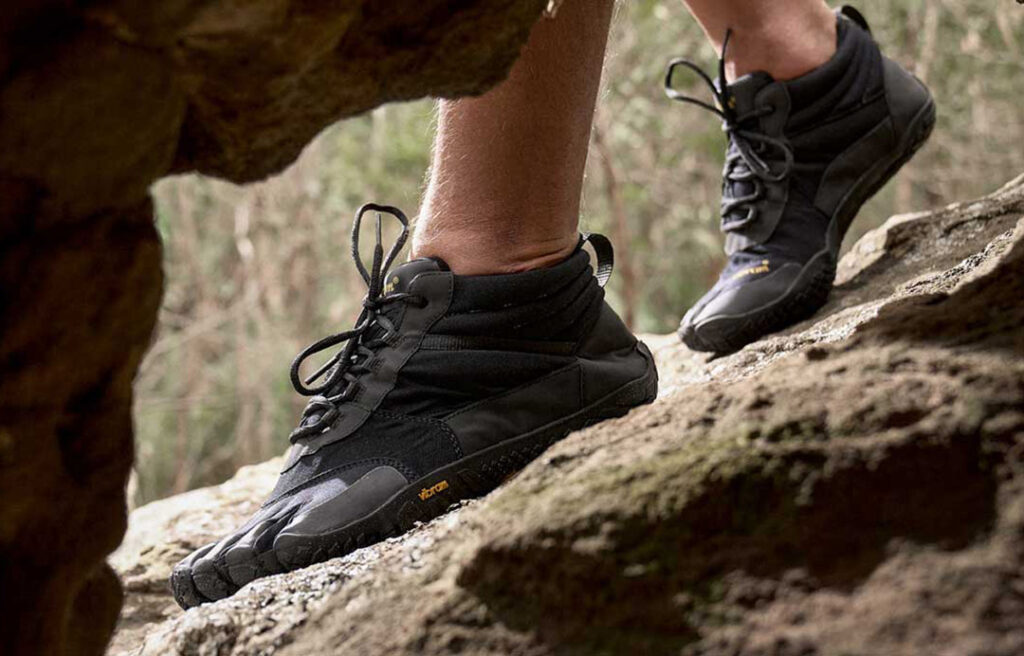
Other podiatrists, over time, have begun to advocate the use of this technology, saying that it can, in the long run, have advantages. In general, however, all the various experts and athletes agree that much research is still needed to establish its beneficial effects.
Natural and… sustainable footwear?
This is not to say that there has been no progress in the field.
Some companies, such as Vivobarefoot, claim to have sustainability as their ultimate goal, to want to be a regenerative business.
As there is currently no real global sustainability indicator for fashion products and trainers, they have created one internally, V Matrix.
With it, each of their products is checked for durability, material sustainability, ease of repair and future recycling.
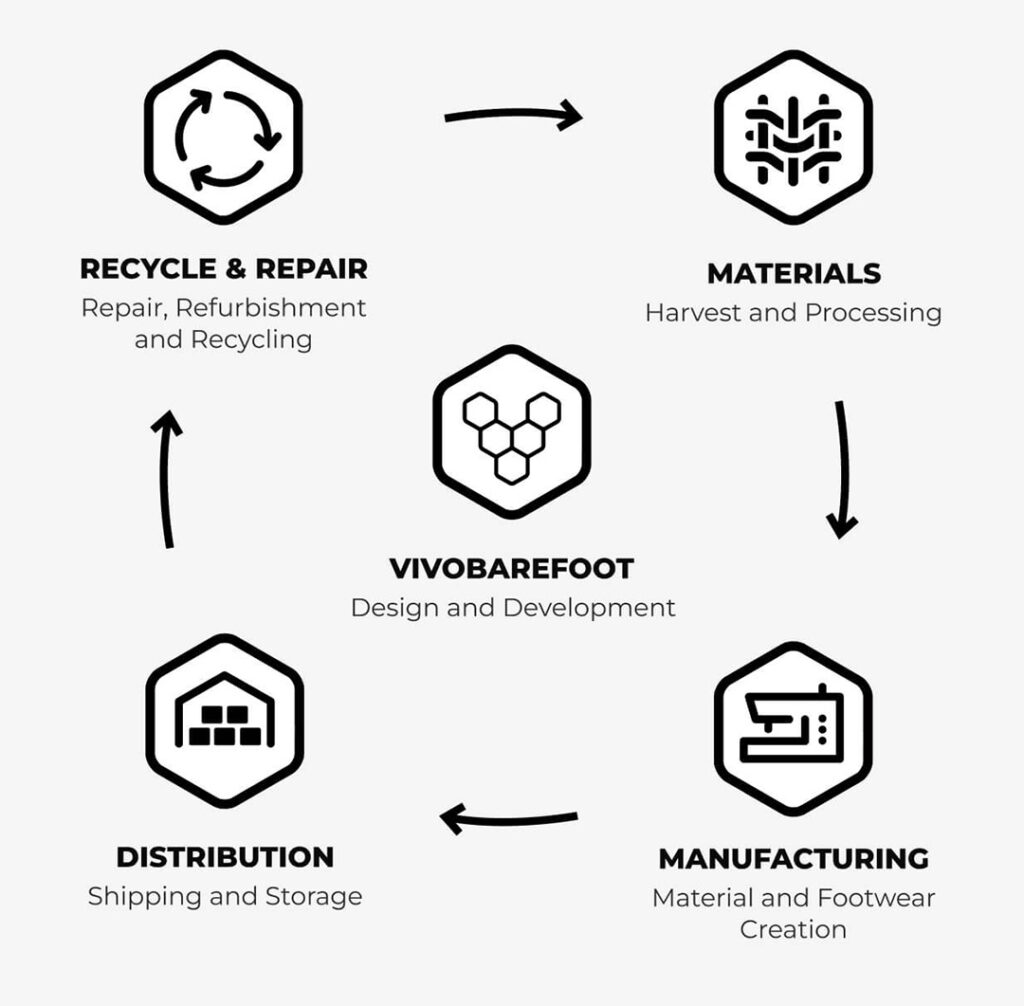
Other companies that are moving in a more sustainable direction are Earth Runners (which produces rubber sandals) and Xero Shoes.
At Xero Shoes, the investment is more in the long term, offering guarantees to incentivise long-term use of each product.
Evolution and their future
Their evolution reflects a growing awareness of the importance of foot health and a desire for alternatives to traditional footwear. However, as with many health and fitness innovations, a balanced and customised approach is essential.
The future of barefoot shoes is likely to be characterised by an ongoing balance between minimalism and protection, between a return to nature and technological advancement. The challenge for manufacturers will be to meet the demands of performance and comfort while maintaining a commitment to environmental sustainability.
While research continues to explore their long-term effects, barefoot shoes remain an interesting example of how the footwear industry can rethink fundamental concepts such as comfort, health and connection to the environment.
